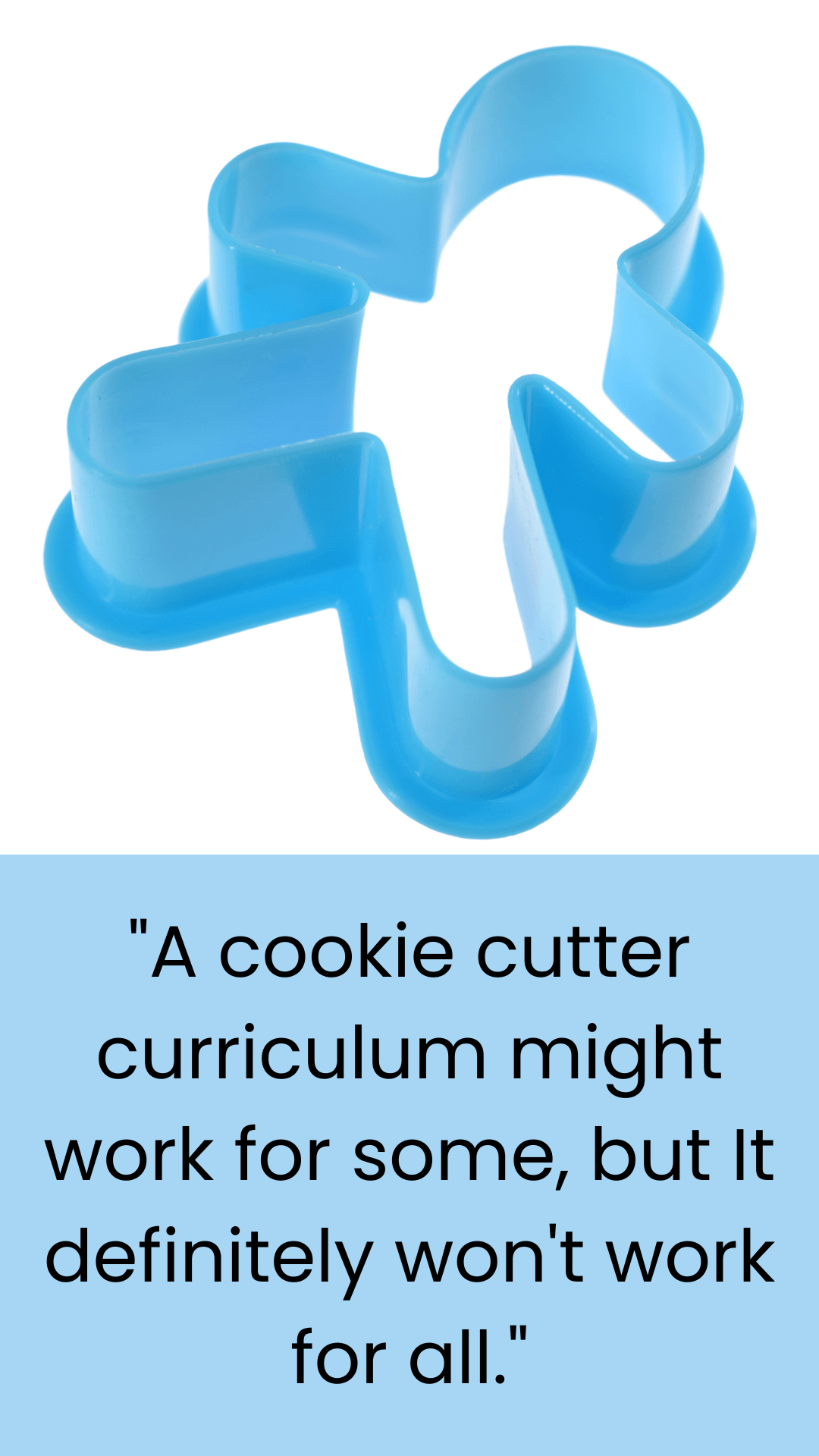Three Strategies to Increase Student Engagement

Written by Rebekah Poe, M.Ed., an award-winning former special education teacher and national teaching conference presenter from Alabama.
Student engagement is key when it comes to student learning. In her book Student Engagement Techniques: A Handbook for College Faculty, Elizabeth F. Barkley writes “Student engagement is the product of motivation and active learning. It is a product rather than a sum because it will not occur if either element is missing.” But how can we as educators make sure both elements are present every day?
Digitability’s curriculum boasts three key components that help not only get students motivated to learn, but also keep them active in lessons, building student engagement, and by association, increasing student learning. These three components combined make sure students are receiving exactly what they need to have the best chance of success. They make sure the curriculum and skills being covered are things the students really NEED to know. And they provide the students with a steady routine and structure so students know what to expect and also know what is expected of them.
Engagement Strategy #1: Differentiation

Imagine being at a restaurant with a large group. Everyone has different tastes, different dietary needs, and different appetites. Now imagine, instead of everyone being able to order what they want to eat, everyone is given the same dish prepared the same way. It might be what a few people wanted, but chances are, it’s not what everyone needed. Let’s apply that to our schools. Our students have a wide range of abilities and needs. A “cookie cutter” curriculum might work for some, but it definitely won’t work for all. And that leads to students not being motivated to learn, not being an active participant in their learning, and an overall lack of engagement.
Get Your FREE Quote Today!
Digitability’s curriculum offers a variety of strategies you can use for students of all ability levels. Each lesson comes with three tiers of differentiation- for students who are capable of mostly independent work to students who need significant support. Each lesson comes with resources teachers can use to keep each student participating in the way that is most meaningful to them. From visuals to traceables to graphic organizers, Digitability’s ready-to-go, differentiated resources provide teachers with everything they need to keep students engaged.
Engagement Strategy #2: Relevance
Think about it: when is the last time you balanced a checkbook or wrote a letter by hand? Chances are, it’s been a while. If these skills aren’t being utilized in today’s tech-driven world, why is there such a focus on teaching them to our students? No wonder they zone out and don’t want to participate. In order for students to be engaged in their learning, they need to be learning skills that are relevant to them- skills they are actually going to need once they leave the classroom.

The foundation of Digitability’s curriculum is digital literacy. Students learn how to send emails and collaborate with their peers on tech-driven projects. They learn how to navigate the internet safely. These relevant skills are essential for modern living. They are relevant to what students need to learn to increase their independence and find gainful employment once they’ve left the classroom. By keeping the content relevant to the students, teachers are able to increase student engagement and keep students learning.
Digitability also teaches financial literacy through Digitability’s social economy. Students earn a paycheck that is deposited to their virtual bank account that they can use to purchase classroom rewards. Through Bankability, students get to practice relevant skills like budgeting, tracking payments, and paying bills online that are essential for students as they prepare for life beyond the classroom. Teachers can increase student engagement even more by giving students a voice when it comes to the rewards they can purchase. Having students complete a reinforcement survey ensures that teachers know what motivates their students to participate and remain engaged in lessons. Grab Digitability's FREE Student Reinforcement Survey by completing the form.
Engagement Strategy #3: Consistency
If you went to work every day, and every day there was a new schedule and a new set of expectations, how would that make you feel? Frustrated. Confused. You’d probably give up trying to stay active in the environment. When students don’t know what to expect or what is expected of them, problematic behaviors increase and active learning decreases. Giving students a routine helps enable them to put all of their focus onto what they are learning instead of wondering what is coming next.
Digitability’s lessons follow the same routine for each topic. Students start with a warm-up activity: the teacher asks a question about the lesson from the previous day and then another question that ties into what they will be learning today. The next step in the lesson is the anchor video, and afterwards, students are asked explicit questions about the topic the video covered. They then move into the activity and finally the exit ticket. Students learn the routine and are able to follow along easily because they know what to expect.
The verbiage used by the teacher remains consistent throughout the lessons, as well. For example, a teacher might say, “For a participation dollar, who can tell me what they think of when they hear the word internet?” The phrase “for a participation dollar” is repeated continually throughout the entire lesson so students learn to understand that they are earning a reward for their active participation in the lesson and remaining engaged in the activity. That phrase triggers them to tune in because they know something is coming that is expected of them and they know that by engaging with the lesson and the teacher, they will earn a participation dollar that can then be used to purchase a classroom reward.
Student engagement doesn’t have to be difficult. Differentiation, relevance, and consistency are three key ingredients that combine together to increase student motivation and active learning. And Digitability has done the hard work for you by building these components into each and every lesson and resource. Request a FREE QUOTE today and learn how you can bring the #1 transition skills curriculum to your school or organization.
About Digitability
You may also be interested in...
